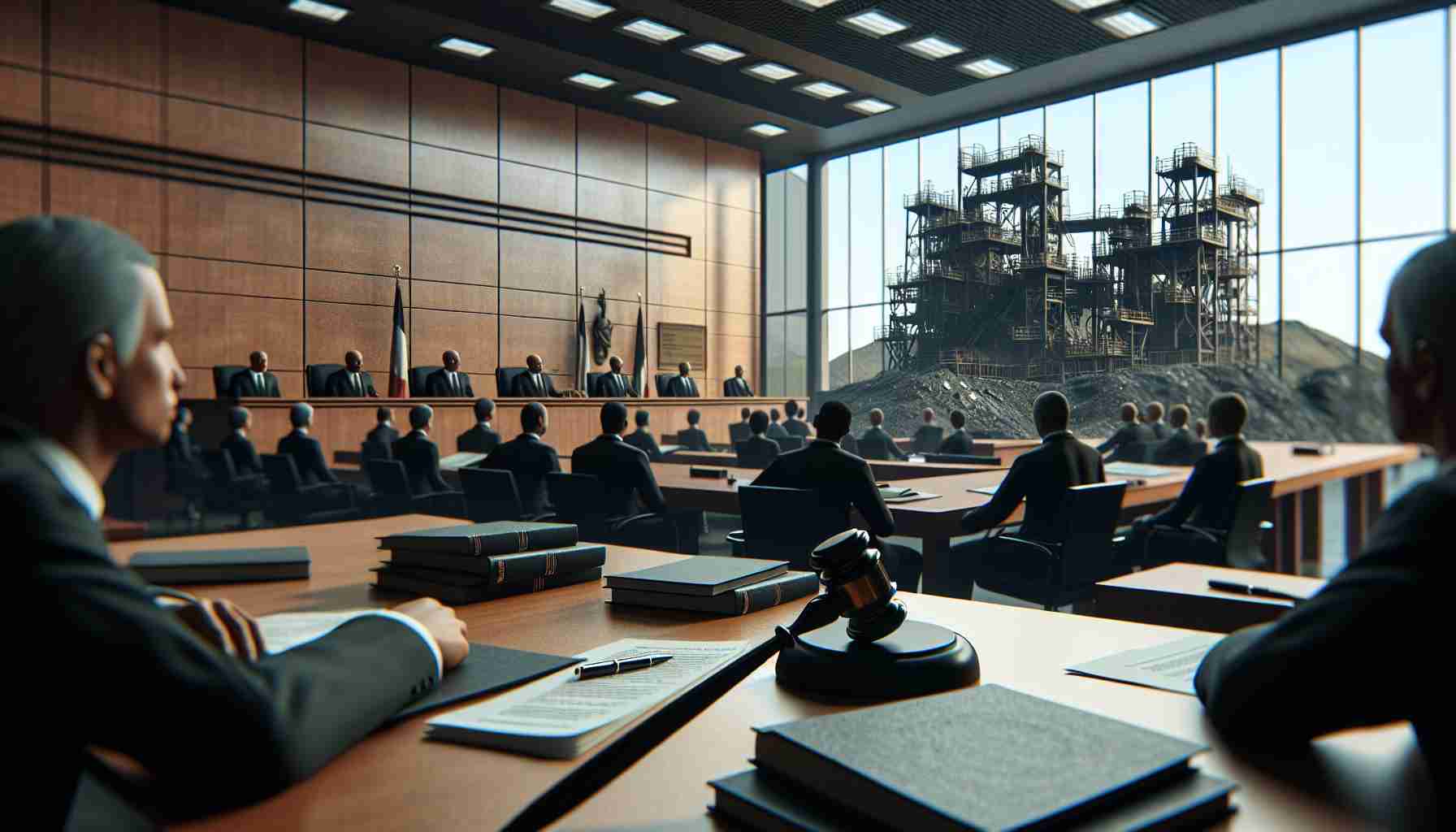BHP Group Limited is currently embroiled in a high-stakes legal battle following an environmental disaster in Brazil. The company faces accusations related to a catastrophic dam collapse that occurred in 2015, leading to significant loss of life and extensive environmental damage.
Challenging Lawsuit Ahead
Over 600,000 individuals, 46 local governments, and 2,000 businesses are pursuing legal action against BHP for its role in the dam failure. The incident, involving a toxic sludge release, resulted in the loss of 19 lives and widespread devastation in the region near Mariana. BHP’s joint venture partner, Vale SA, is also implicated in the lawsuit.
Looming Settlement
The claimants are seeking a substantial settlement of approximately $31.7 billion, with both companies expected to share the financial burden equally. BHP has already disbursed $8 billion in initial compensation to those affected by the tragedy. Despite their defense that they are not at fault, both BHP and Vale have increased their settlement offer in Brazil to $23.8 billion.
Legal Proceedings and Financial Outlook
While the legal battle unfolds in the London High Court, investors are eagerly watching BHP’s stock performance. Analysts have provided mixed recommendations, with a consensus Moderate Buy rating. The current price target for BHP shares stands at AU$43.77, reflecting a slight premium over the current market value.
Market Perspective
BHP shares have experienced a 15.63% decline year-to-date, signaling potential risks amid the ongoing legal uncertainties. As the trial progresses, stakeholders are closely monitoring developments that could impact BHP’s financial standing and reputation.
BHP Grapples with Consequences of Environmental Disaster
Amidst the legal battle over the Brazilian dam collapse, several critical questions and challenges arise that shed light on the complexities of the situation.
Key Questions:
1. What specific environmental regulations were violated leading to the disaster?
2. How has BHP’s risk management and oversight been called into question?
3. What measures have been taken to prevent a similar incident in the future?
Answers and Controversies:
1. Regulatory violations included inadequate maintenance of the dam structure and insufficient disaster preparedness.
2. Critics argue that BHP failed to adequately supervise its joint venture with Vale SA, raising questions about accountability.
3. The company has implemented new safety protocols and invested in community projects to mitigate future risks.
Advantages and Disadvantages:
Advantages:
– Improved safety standards and community engagement initiatives enhance BHP’s corporate social responsibility.
– Settlement negotiations reflect a willingness to address the impact of the disaster on affected parties.
Disadvantages:
– The financial burden of settlements may strain BHP’s resources and investor confidence.
– Lingering legal uncertainties could jeopardize the company’s long-term sustainability and reputation.
As the legal proceedings continue, stakeholders are closely monitoring BHP’s handling of the crisis and the outcomes of the lawsuit to gauge its implications on the company’s future trajectory.
For further insights on BHP’s environmental commitments and legal challenges, visit Official BHP Website.

